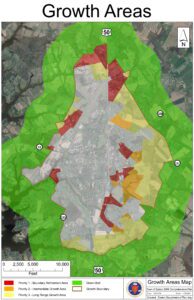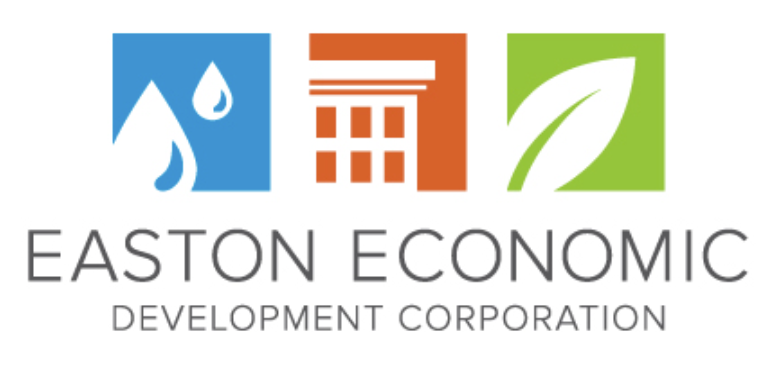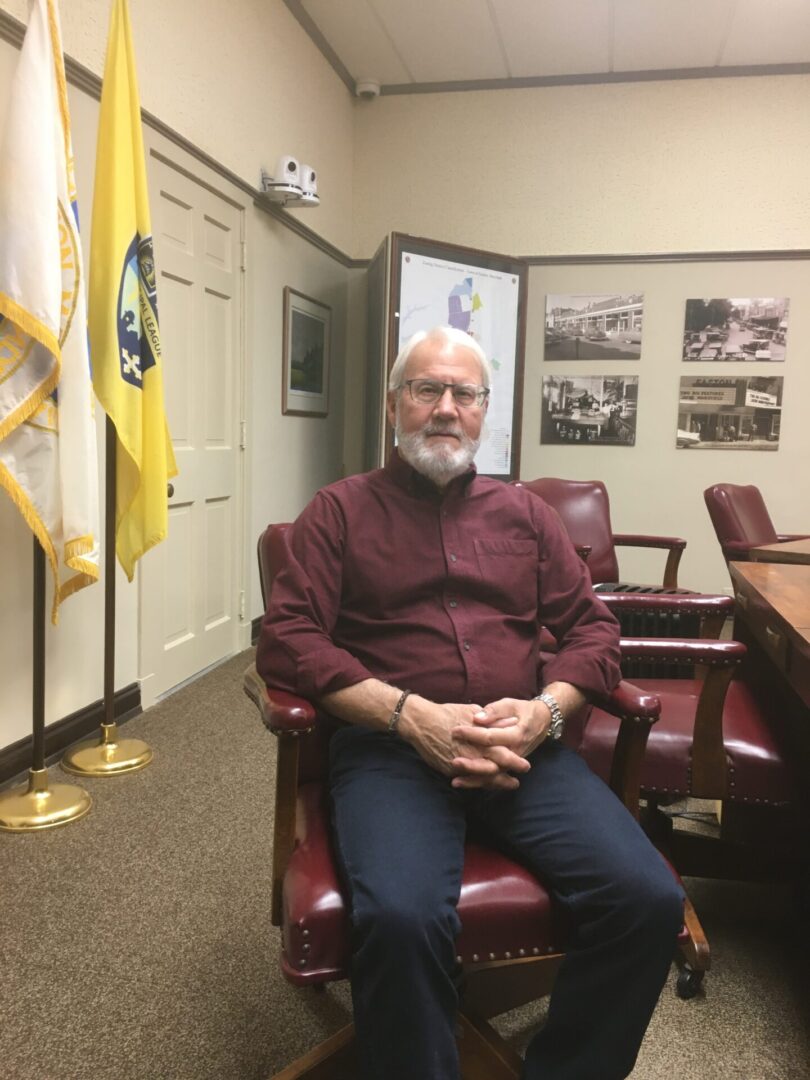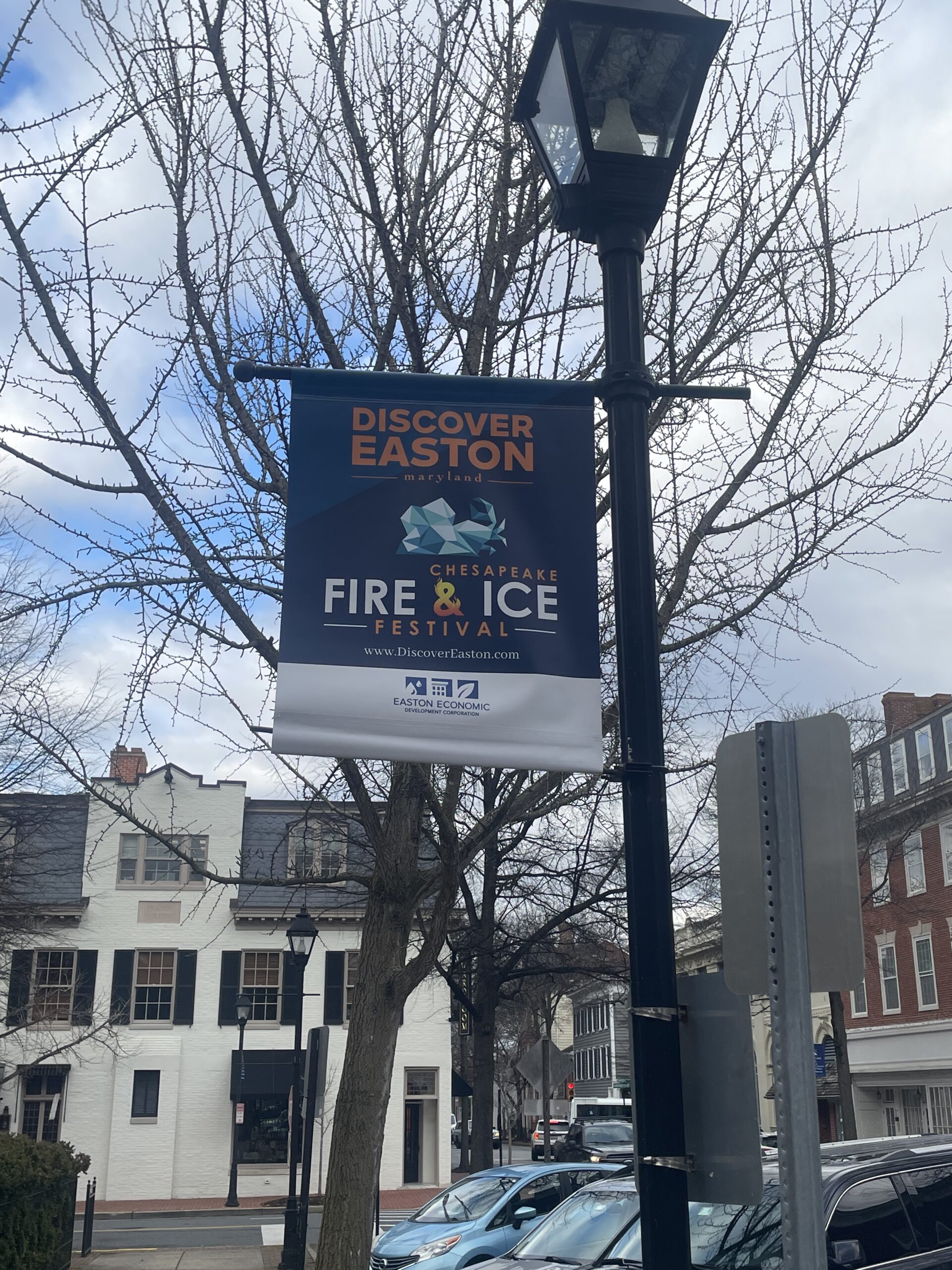The Town of Easton is about to update its Comprehensive Plan, which is an expression of the community’s vision for the future and a strategic map on how to reach that vision. Comprehensive planning is an important tool for the town to guide future land development that will ensure a safe, pleasant, and economic environment for residential, commercial, industrial, and public activities.
EEDC: Let’s talk about this Comprehensive Plan that you’re gearing up and responsible for as Planning Commissioner.
Paul Weber (PW): So the Comprehensive Plan (or Comp Plan) for the town of Easton is revised every ten years. It usually coincides with the data from the census since this is an important driving factor for any municipality plan. Municipalities look at the growth, not just during the last decade but also historically, to find out both the projected and the actual growth rates, which is then used to project forward. In our case, for the last decade, we projected a growth rate of around 1%. In actuality, Easton is now at 17,101 full-time residents. And that is a growth rate of about seven-tenths of a percent less than what we projected the prior decade. But, when you look at what happened in the last decade, there were many contributing factors, including housing and growth overall.
EEDC: How does this Plan come together?
PW: The Comp Plan has two overriding features to it. One is it provides an opportunity and a structure to engage with the community. What Easton did ten years ago, to great success, by the way, is they had a rather sizable number of the community participate in the planning exercise, something we hope to be able to mirror again this year. So we engaged the community to come forward through a series of opportunities to weigh in on questions such as: What do they see as the future growth for the town? Where should that growth be, and what should it look like? Should it be in town or out in the suburbs?
The second part is the actual writing of the document codifying all of that information and creating a blueprint or a master plan for the community, laying out the vision for the next ten years.
EEDC: Who is part of this process?
PW: First of all, we have a kickoff meeting on November 4, and we’ve invited, what we are calling, key stakeholder groups. These include any organized community groups in the town of Easton like EEDC, the neighborhood community organizations (Easton Club/Easton Village, etc.), the Elks, the Fire Company, churches, and so on. With the assistance of EEDC we’ve created a video that will be accompanied by a survey (https://eastonmd.gov/179/Planning-Zoning) that asks some of the critical elements surrounding the Plan and growth. That information will be presented at the first stakeholder meeting. We’ll get some of these community leaders to opine on what they have seen, what they think their respective organizations or community groups are interested in, and any concerns about future growth.
We will then hold another meeting with stakeholders who represent the business community. So it will be developers, land use attorneys, etc. We want to bring those people in and ask them: What do they think are the major concerns for the growth of our community? What do they see as opportunities, but more importantly, what do they see as the impediments to that growth? We want to get their take on whether our regulations don’t allow developers to act on the things that we think are important, or are there some inherent barriers in the zoning regulations that inhibit people from acting on our desires.
Then, we will conduct town hall meetings in each of the wards, and again, invite community folks to give their opinions. Last but not least, once we have some semblance of the new planning document for the next ten years period, we will roll that out in a series of community-wide town hall meetings to get reactions to some of the things that we’re thinking about putting in the Plan. We also plan on having additional surveys that drill down on issues of significant importance.
EEDC: Can you give me an example of that type of issue?
PW: I’ll just give you one hot topic that’s been around as long as I’ve lived here and, I understand, for many years prior: It’s whether we should be a regional shopping area and whether we should have big box stores–and if we should have those, what size should they be.
So that might be the topic of an in-depth survey to try and figure out what people really think about that controversial issue. So, in a nutshell, our approach, our goal, is to get as much community input and involvement as we possibly can.
EEDC: Once this is done, the Comprehensive Plan is finalized and printed up, and then what happens?
PW: Well, it serves as the guide for the next ten years. Let me give you an example of an issue that could be impacted that’s close to my heart. It involves what we call the ‘urban growth boundary.’

So as you can see on the map, Easton is a bubble in the middle, and an imaginary line is drawn outside of that bubble, encompassing vacant land currently outside the town limits. It could be farmland, forest, or fields, but lands that can be developed but are not right now. Many years ago, I guess in the last Plan, they drew this boundary, which said: This is going to be the limit to which we, as a town, agree to expand. And this is broken down into three different growth areas known as Priority 1, 2, and 3.
Priority 1 is an easy one to get your arms around. It’s called the Boundary Refinement Area and is probably 90% of the parcels of land that is now contiguous with the town limits of Easton. This is the area already developed, primarily commercial properties, and typically on route 50. It just makes sense for sewage and water and town services to have them become part of the town. So that’s probably a no-brainer to have them annexed in the future because there’s an advantage to the industrial owner or property owner. And there’s also an advantage to the town.
EEDC: That makes sense. What about the other two areas?
PW: Priority area 2 is called Intermediate Growth Area, and Priority Area 3, the Long-Range Growth Area, are all vacant land. So if we decide, as a community, that we want to grow in the next ten years, we also have a good deal of vacant lots within the town, some single-family lots, but also some bigger spaces. To the extent that we all agree that we want more growth, do we want to annex vacant land? Or do we want to concentrate on vacant parcels, what they call infill, or areas that need to be redeveloped that may not be used as well as they could. For instance, are there parcels of land adjacent to rails to trails that are underutilized, and could they be denser?
EEDC: What would be the benefit?
PW: If we have denser growth, guess what? The properties won’t be as expensive because we’ll have more units on a piece of land than we would for a single-family house. With that, we get a second advantage: we get some affordable housing in town that can be either used for folks with moderate income or perhaps for workforce housing because we know that a good number of people that work in town don’t live in our town.
I live right in town, and I park my car and walk everywhere. To me, I see a real advantage to having a walkable town. And I also recognize that because I live in town and walk everywhere, I also frequent the restaurants and the stores, which helps to encourage a vibrant downtown, which is critically important to our community. So instead of developing vacant land, we have an opportunity to infill, develop, redevelop, and as a side benefit, encourage the vibrancy of our town.
EEDC: One of the questions you ask on the Comprehensive Plan Update Survey is the following: “What is one ‘Audacious’ idea you have to enhance or improve Easton’s future?” You know we have to ask—What is YOUR audacious idea?
PW: I would love to see the priority growth areas free to remain as preserved open space that can never be developed. It can be used for parks, as a bypass, or whatever. But I would like that space to be permanently restricted.
If you’d like to contact Planning and Zoning for questions you can reach them at 410-822-2525
Know anyone new to Easton? We’d love to hear their story! Email



